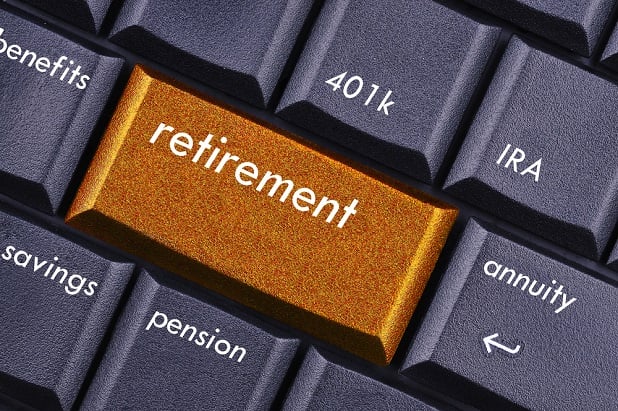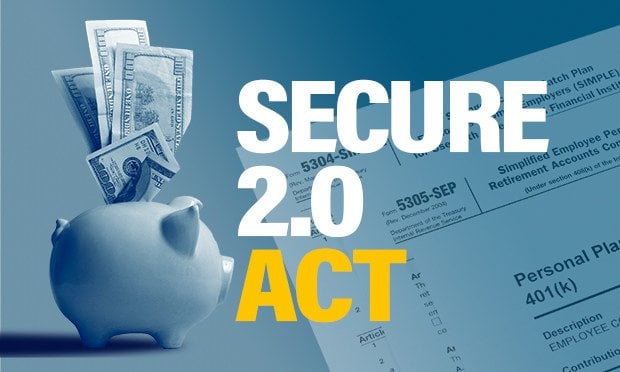About The Author
CONNECT WITH THIS AUTHOR
August 10, 2023
August 09, 2023
July 31, 2023
July 31, 2023
July 28, 2023
July 27, 2023
July 19, 2023
July 11, 2023
July 10, 2023
June 26, 2023
Trending Stories
- 1Best Practices: Maximizing the Impact of Condition Management Vendors
- 2Nearly two-thirds of employers plan to reallocate benefits spending amid rising costs
- 3Senate Finance tax bill section draft leaves out House HSA and HRA provisions
- 4Former NVIDIA fraud prevention manager accused of defrauding the chipmaker's health plan
- 5Senate lawmakers cut House retirement benefits in One Big Beautiful Bill: What’s in, what’s out









